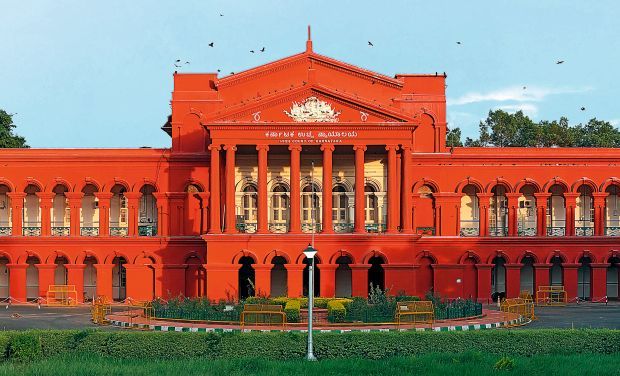Solar Power for Rail Coaches

A work that originated in Mysore
by S. Kenneth Shishir
The students of The National Institute of Engineering (NIE) in city always come up with innovative ideas, keeping in mind their contribution to sustainable development. A young engineering graduate from NIE,M. Shravanth Vasisht, had designed Solar-Assisted Power Supply System for rail coaches as part of his academic project in the year 2010, which is now being implemented by the Indian Railways.
Young engineers from city M. Shravanth Vasisht, an Electrical and Electronics Engineering graduate from NIE, Mysore and Vishal Chandrashekar, a Mechanical Engineering graduate from PES College of Engineering, Mandya, have designed Solar-Assisted Power Supply System for Linke Hofmann Busch (LHB) Rail Coaches such as Rajdhani, Shatabdi Express, etc.
Speaking to SOM, Shravanth said that in 2010, as an academic project during the course of engineering at NIE, he had designed this System under the guidance of Dr. B.S. Sridhar, Scientist, Food Engineering Department, CFTRI, Mysore and A. Dhanyavathi, Associate Professor at NIE.
He said that this project was now initiated by him at the Indian Institute of Science (IISc.), Bangalore, along with another Mysorean, Vishal Chandrashekar, under the guidance of Prof. J. Srinivasan and Dr. Sheela K. Ramasesha and added that this would give a boost for the improvement of Railways, about which he had been very keen since 2010.
He said that the idea of installing solar panels on a car was given by Dr. Sridhar and the same was then extended for the conventional rail coach manufactured by ICF, Perumbur in Chennai. He said that this was written as a thesis and submitted to CFTRI and NIE.
A technical paper on the same subject by three authors (Shravanth, Dr. Sridhar and Dhanyavathi) was published in Electrical India in 2011.
When asked, Shravanth said that they found the implementation of solar PV system for a LHB rail coach to be more beneficial as they use EOG (End on Generation) System and added that EOG Scheme of power supply for rail coaches use two diesel generator cars on either ends of the train and their diesel consumption raised their eyebrows.
Coincidentally, a train consisting of LHB hybrid coaches was flagged off between Indore and Yeswantpur which was the first of its kind for South India and second train in India, he said and added they found LHB coaches were of a superior technology and felt that all the conventional rail coaches in India could be replaced by LHB coaches.
Elaborating further, Shravanth said that they felt that these were going to be the next diesel sucking culprits for the country which made us re-initiate this project at our workplace in IISc., where they spoke to their guides Prof. J. Srinivasan, Chairman, Divecha Centre for Climate Change, IISc. and Dr. Sheela K. Ramasesha, Research Scientist, IISc., who then provided a lot of inputs.
He said that spending time on this involved a lot of risk as they were not sure that the Railways would support them, mainly because of lack of encouragement in research fields and pilot projects.
Coincidentally, Union Railway Minister Sadananda Gowda quoted on this idea and we were recognised by the Indian Railways and the work was examined by the Chief Administrator of Indian Railways Organisation for Alternate Fuels, Ministry of Indian Railways, he said and added that they are very much interested in involving us to implement the same.
He said implementation of this scheme may not be possible immediately, as it involves step by step analysis on various experiments like aero-dynamics, vibration analysis, performance of the system in various locations during the transit, reliable control system design, protection from the impact of stones thrown at trains, etc. and expressed confidence that it will be a success if there is cooperation from public.
When asked, he said implementation of this idea is not an impossible dream and neither a novelty and added that probably they would be provided with a coach to carry out experiments.
Speaking about the cost of installation, he said that once the project becomes a success through pilot projects, there would be too many players in the market who can provide better engineering solutions for the challenges that will be faced for implementation which would also reduce the cost of installation and operation costs. If this pilot project becomes a success, one will be able to see Solar Panels mounted on all trains, which will be saving around 90,000 litres of diesel per train per year.
Shravanth has been invited to give a presentation on the same at an International Conference at USA in September this year.
Shravanth is the son of V. Murali Madhav of CFTRI and M. Lakshmi while Vishal is the son of Arun Chandrashekar, a retired Scientist from CFTRI and Lalitha Rangarajan, Associate Professor at University of Mysore. Both Shravanth and Vishal, residents of CFTRI Layout in city, are working as research fellows on Solar energy at IISc.
source: http://www.starofmysore.com / Star of Mysore / Home> General News / August 04th, 2014







